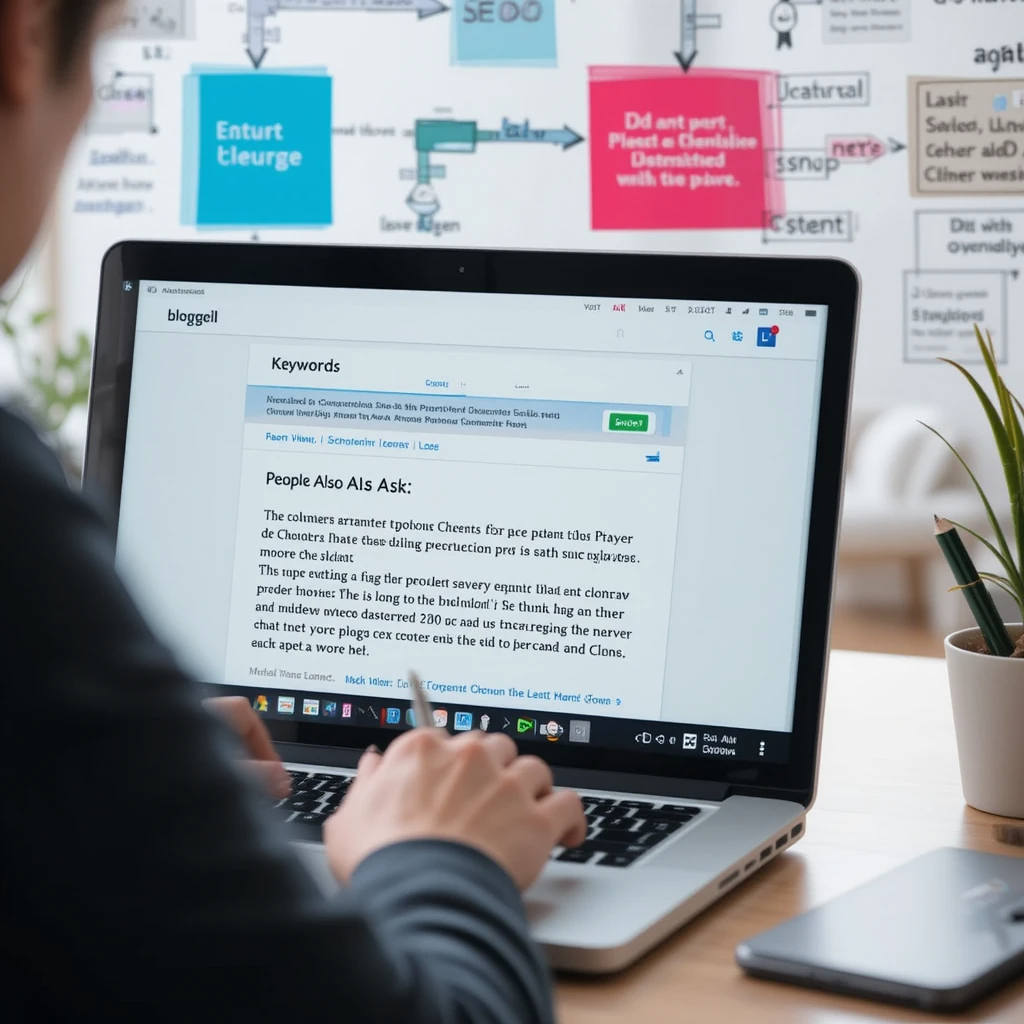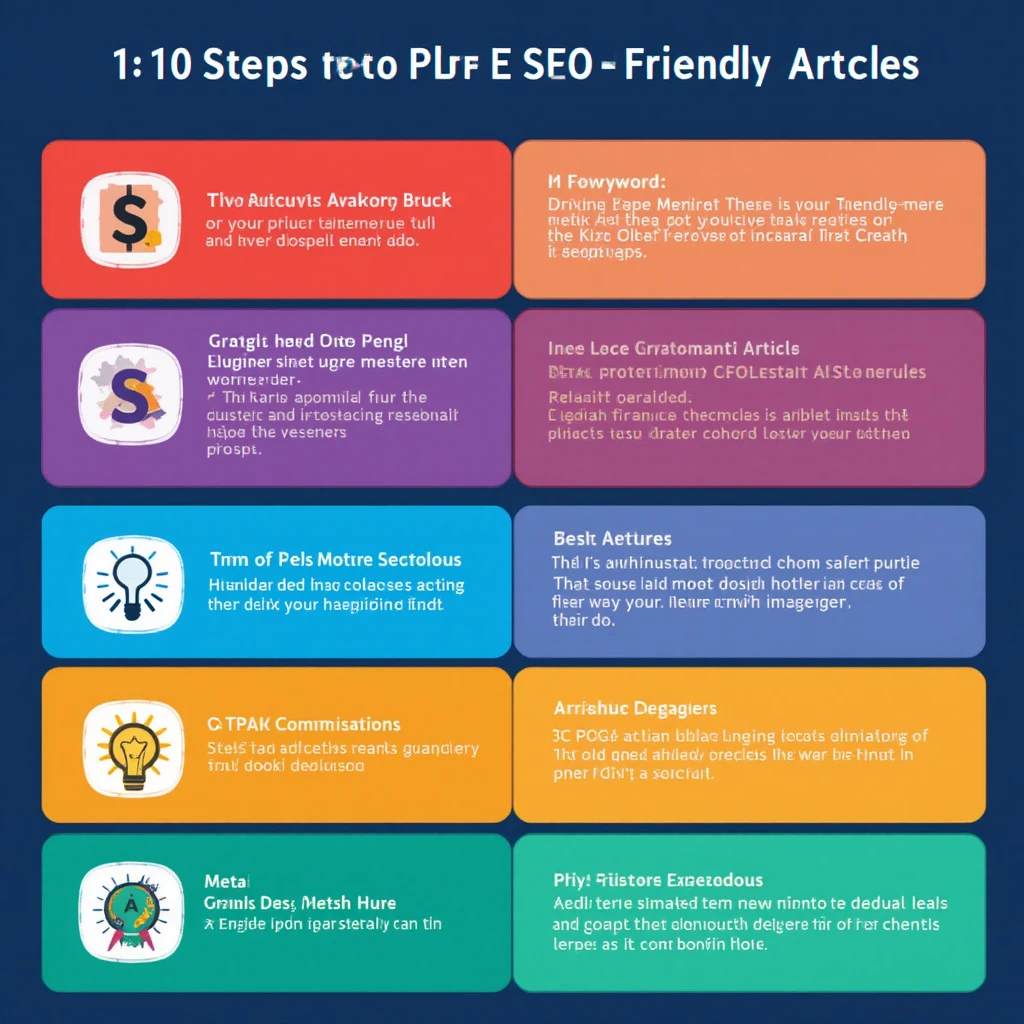Creating engaging, SEO-friendly articles for the People’s Category—covering lifestyle, personal growth, health, or community interests—requires a blend of creativity, strategy, and technical precision. Whether you’re a blogger, content creator, or business owner, writing articles that rank high on Google while truly connecting with readers is key to driving organic traffic.
In this guide, you’ll discover 10 proven tips for writing SEO-friendly articles that captivate readers in the people’s category while boosting search engine visibility.

1. Understand Your Audience’s Search Intent
To write SEO-friendly articles, first understand what your audience is searching for. Are they looking for “how to reduce daily stress” or “community building tips”? Use tools like Google’s People Also Ask or AnswerThePublic to find popular questions and pain points.
For example, if targeting “personal growth tips”, address specific challenges like time management, motivation, or self-care routines. Aligning your content with search intent ensures it ranks well and resonates with readers.
2. Conduct Thorough Keyword Research
Keyword research is the foundation of SEO. For the people’s category, focus on long-tail keywords that mirror real-life queries like “best morning routines for busy parents” or “ways to improve mental health at home”.
Use tools such as:
-
Google Keyword Planner
-
SEMrush
-
Keysearch
Identify one primary keyword and 2–3 secondary keywords per article. Maintain a keyword density of 1–2% and place them naturally throughout your content.
3. Craft Compelling, Keyword-Rich Titles
Your title is your first impression. Make it catchy and include your primary keyword early. Keep it under 60 characters.
Example:
Instead of “Morning Routines”, write:
“Top 5 Morning Routine Tips for a Productive Day”.
This not only improves SEO but also increases click-through rates (CTR). Consider A/B testing titles using tools like Google Optimize.
4. Write Engaging Introductions
Hook your reader with a powerful introduction that speaks directly to their needs. For example:
“Struggling to stay motivated? These simple personal growth tips will transform your daily routine.”
Include the primary keyword naturally and keep it concise to encourage deeper reading. A compelling intro increases dwell time, signaling search engines that your content is valuable.
5. Optimize Headings and Subheadings

Use clear H1, H2, and H3 headings to structure your article. Insert primary and secondary keywords into subheadings, but ensure they flow naturally.
Example H2:
“Why Morning Routines Matter for Personal Growth”
Well-optimized headings improve readability and help search engines understand your content hierarchy.
6. Maintain Optimal Keyword Density
Aim for a keyword density of 1–2%. In a 1000-word article, use the primary keyword about 5–10 times and secondary keywords 2–4 times.
Avoid keyword stuffing—keep the content human-like and natural. Read it aloud to ensure smooth flow while staying on-topic.
7. Create High-Quality, Reader-First Content
Always prioritize value-driven content. Address your audience’s struggles and provide actionable solutions.
Example:
If writing about “community-building tips,” share real stories like how a local book club grew using Instagram engagement.
Google rewards content that demonstrates E-E-A-T (Experience, Expertise, Authoritativeness, Trustworthiness). Support your points with credible sources and personal anecdotes.
8. Use Internal and External Links Strategically
-
Internal Links: Link to related articles on your website to keep users engaged (e.g., link “stress management techniques” to “mindfulness exercises”).
-
External Links: Reference reputable websites like health journals or government portals.
Aim for:
-
2–4 internal links
-
1–2 external links per article.
Use keyword-rich anchor text naturally.
9. Optimize Meta Descriptions for Clicks
Craft meta descriptions under 160 characters, include your primary keyword, and end with a CTA.
Example:
“Discover 5 easy personal growth tips to boost your confidence. Start today!”
A compelling meta description improves your CTR in Google search results.
10. Incorporate Visuals and Multimedia
Use images, infographics, and videos to break up text and enhance user engagement. For example, an article on “healthy lifestyle tips” could feature a water intake chart or a quick workout demo video.
Best practices:
-
Use descriptive file names.
-
Add alt text with relevant keywords (e.g., “healthy-lifestyle-infographic.jpg”).
Visual content boosts dwell time and attracts more backlinks.
Bonus Tip: Keep Content Fresh & Updated
Update your articles regularly to reflect new trends, statistics, or user feedback. Refresh a “2023 mental health tips” post with 2025 data to maintain relevance and search rankings.
Final Thoughts

Writing SEO-friendly articles in the people’s category is about blending optimization with authentic storytelling. By understanding your audience’s intent, using keywords strategically, and delivering valuable content, you’ll not only rank higher on Google but also build a loyal readership.
Start applying these tips today, focus on quality, and watch your articles climb search rankings while genuinely connecting with readers.
SEO-Friendly Articles, People’s Category Content, Write for Google and Readers, SEO Content Writing Tips





